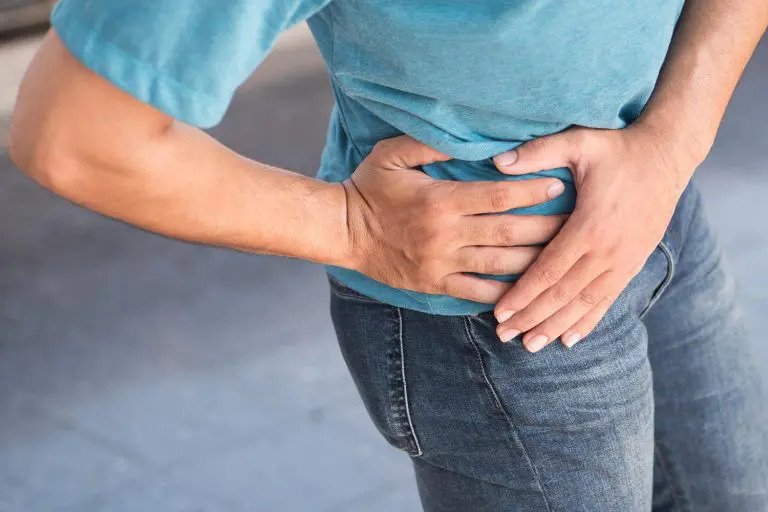What is hip bursitis?
Hip bursitis (also called trochanteric bursitis) affects the hip joint. The bursa are fluid-filled sacs that cushion the muscles, ligaments and tendons, helping them to glide smoothly over bone. Bursitis is a condition that causes the bursa to swell, resulting in pain and tenderness. It can be acute (short-lived) or may become chronic (on-going and long-term).
Over time, the bursa can thicken causing any swelling to worsen and leading to loss of movement and increasing muscle weakness.
What causes hip bursitis?
Hip bursitis can have a range of different causes including:
- Overuse of the hip causing stress in the joint – the condition is common among runners or athletes or sports people whose sport involves a lot of running, such as footballers
- Post surgical patients who have had surgery for a hip fracture or hip replacement sometimes develop hip bursitis
- Bacterial infection
- Hip injury – this can lead to traumatic bursitis
- Bony spurs on the bones of the hip due to osteoarthritis
- Rheumatoid arthritis
- Gout
- Diabetes
- Scoliosis and other spinal problems
- Uneven leg lengths
What are the symptoms of hip bursitis?
Symptoms include:
- Pain and tenderness on the outside of the upper thigh and hip joint
- Swelling or a feeling of warmth over the bursa
- Problems sleeping on the affected side
- Pain which worsens during sport or exercise
How is hip bursitis diagnosed?
If hip bursitis is suspected, your consultant will recommend a range of tests to diagnose what is causing the symptoms and rule out other possible causes. These may include:
- X-rays – these can help to rule out bony spurs or calcification which may exacerbate the problem
- MRI scans to identify bursitis and rule out other conditions such as osteoarthritis, labral tears or iliotibial band tendonitis
How is hip bursitis treated?
Depending on how severe the hip bursitis is, a range of treatments may be recommended. Initially, non-invasive treatments should be tried, including resting the joint and avoiding activities that cause pain, such as sport and exercise. Anti-inflammatories and a cold compress can be used to reduce inflammation and relieve pain.
A physiotherapist may suggest exercises to build strength in your hips and prevent the muscles from weakening further. They can also teach you how to perform everyday activities without placing the joint under stress.
In some cases, you may need a surgical procedure to extract fluid from the bursa or an injection of corticosteroids, which can provide short-term pain relief. If the bursa becomes chronically inflamed you may need surgery to remove it. The hip can function normally without the bursa and the procedure is generally safe and effective with a short recovery period.



